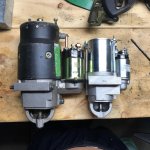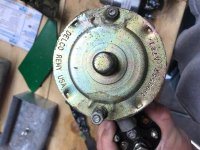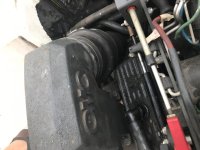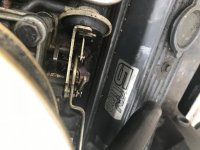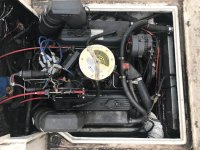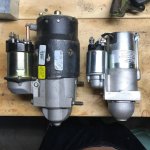1987Bayliner
New member
I recently purchased a 1987 Bayliner Trophy that had the engine replaced a few years ago - The first time out it ran like a dream and when I went back into the marina it stalled out and wouldn't turn over. The guy I bought the boat off of shared he had issues with starter in the past and had been replacing it about every two years. I spoke to him today and he shared that a mechanic friend took the marine parts off the previous starter and sealed it.
When I took the starter up to the marina the guy there sold me an API Marine 10099HD starter which is half the size of the starter that was in there. When we installed it, the starter didn't sound like it was lining up with the flywheel. I believe the guy at the marina sold me the incorrect starter, even though he swears that should work. The number I found on the block was (1023878), when I searched, it turned out to be an 1996-1997 OMC 305.
Any idea on what type of starter this engine takes?
Thanks,
Andy
When I took the starter up to the marina the guy there sold me an API Marine 10099HD starter which is half the size of the starter that was in there. When we installed it, the starter didn't sound like it was lining up with the flywheel. I believe the guy at the marina sold me the incorrect starter, even though he swears that should work. The number I found on the block was (1023878), when I searched, it turned out to be an 1996-1997 OMC 305.
Any idea on what type of starter this engine takes?
Thanks,
Andy
Last edited:


